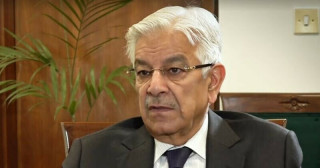New Designed Passenger Planes By NASA.Engineers and designers are giving commercial aircraft a makeover, in a bid to make them faster, greener and more efficient.
As the latest in a continuing progression of NASA supersonics research projects aimed at reducing sonic boom levels, planes are designed to enable engineers to better understand evanescent waves, an acoustic phenomenon that occurs at the very edges or just outside of the normal sonic boom envelope.
Look up into the skies today at a passing aeroplane and the view is not that much different to the one you would have seen 60 years ago. Then and now, most airliners have two wings, a cigar-shaped fuselage and a trio of vertical and horizontal stabilizers at the tail.
If it isnt broke, the mantra has been, why fix it, particularly when your design needs to travel through the air at several hundred miles an hour packed with people.
But that conservative view could soon change. Rising fuel prices, increasingly stringent pollution limits, as well as a surge in demand for air travel, mean plane designers are going back to their drawing boards.
And, now, radical new shapes and engine technologies are beginning to emerge, promising the biggest shake-up in air travel since de Haviland introduced the first commercial jet airliner in 1952.
Here are snaps:



As the latest in a continuing progression of NASA supersonics research projects aimed at reducing sonic boom levels, planes are designed to enable engineers to better understand evanescent waves, an acoustic phenomenon that occurs at the very edges or just outside of the normal sonic boom envelope.
Look up into the skies today at a passing aeroplane and the view is not that much different to the one you would have seen 60 years ago. Then and now, most airliners have two wings, a cigar-shaped fuselage and a trio of vertical and horizontal stabilizers at the tail.
If it isnt broke, the mantra has been, why fix it, particularly when your design needs to travel through the air at several hundred miles an hour packed with people.
But that conservative view could soon change. Rising fuel prices, increasingly stringent pollution limits, as well as a surge in demand for air travel, mean plane designers are going back to their drawing boards.
And, now, radical new shapes and engine technologies are beginning to emerge, promising the biggest shake-up in air travel since de Haviland introduced the first commercial jet airliner in 1952.
Here are snaps:



- Featured Thumbs
- http://www.aaj.tv/wp-content/uploads/2012/11/51.jpg
































